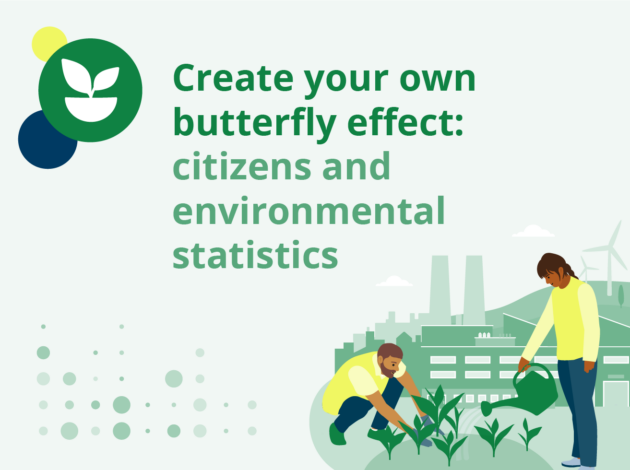How does the data we collect help us to measure climate change? What is the ‘green economy’? And how do our Natural Capital Accounts help us to better understand the economic and social value of the UK’s natural resources?
These questions and more will be answered by the ONS team as part of an online event taking place on Tuesday 22nd October.
It’s the next instalment in a series of events aimed at ‘Bringing Data to Life’, in which we explore how your data are collected, analysed, and published, and how this information then helps us as a society to make better choices for the future.
Joining us for the event will be the Department for the Environment, Food and Rural Affairs (DEFRA), who will explore their environmental statistics, including how they measure air quality and waste and recycling. They’ll also be sharing how you can play a role in producing their wildlife statistics by taking part in citizen science, which harnesses the power of voluntary projects like the ‘Big Butterfly Count’.
Why count butterflies? Well, the nationwide survey, of which over 64,000 people took part in 2022, monitors butterfly and day-flying moths across the UK. These species are key biodiversity indicators and help us to assess the overall health of our environment. The scheme is one of many crucial examples of citizen science, which underlines the importance of wildlife statistics.
Come and find out more. Sign up to our free webinar, where you will learn all about environmental statistics and you will have the opportunity to share your thoughts and ask questions.
Find out more about our other ‘Bringing Data to Life’ webinars and catch up with any you may have missed on the ONS YouTube channel.
If you would like to get in touch about any of these events, please email us at: engagement.hub@ons.gov.uk.
